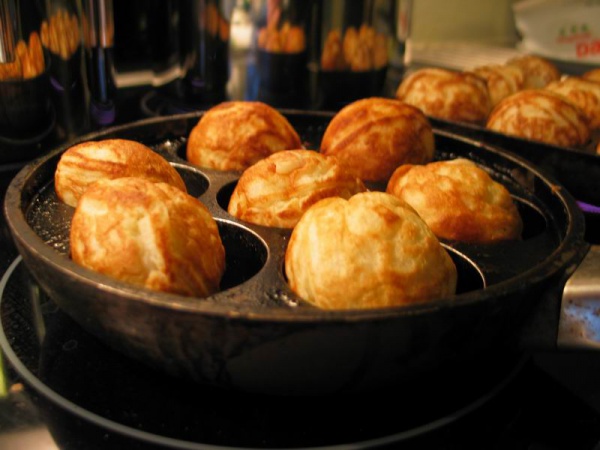Facts About Æbleskiver
Æbleskiver, sometimes spelled aebleskiver or ebleskiver, are delightful Danish snacks resembling a cross between pancakes and popovers. Despite their name, which translates to "apple slices" in Danish, modern versions rarely include apples. These treats are prepared using special pans with spherical indentations, traditionally made from cast iron to ensure even cooking.
The batter for æbleskiver typically comprises wheat flour, buttermilk, eggs, sugar, and occasionally butter, cardamom, and a leavening agent like baking powder or yeast. During cooking, the cakes are rotated to achieve their distinctive round shape. Although not inherently sweet, æbleskiver are usually served with delectable accompaniments such as jam, powdered sugar, butter, syrup, and whipped cream.
In Denmark, æbleskiver are a staple at family gatherings, sold by street vendors in the winter, and particularly popular during the Christmas season. They are often enjoyed with a warm cup of gløgg or Scandinavian coffee. You can also find them at Christmas markets, charity events, and children's birthday parties. In North America, festivals celebrating Danish culture frequently feature æbleskiver suppers.
The origin of æbleskiver is somewhat enigmatic, but one intriguing theory suggests that Vikings may have used their shields or helmets to cook these pancake-like treats after a battle.

 Germany
Germany